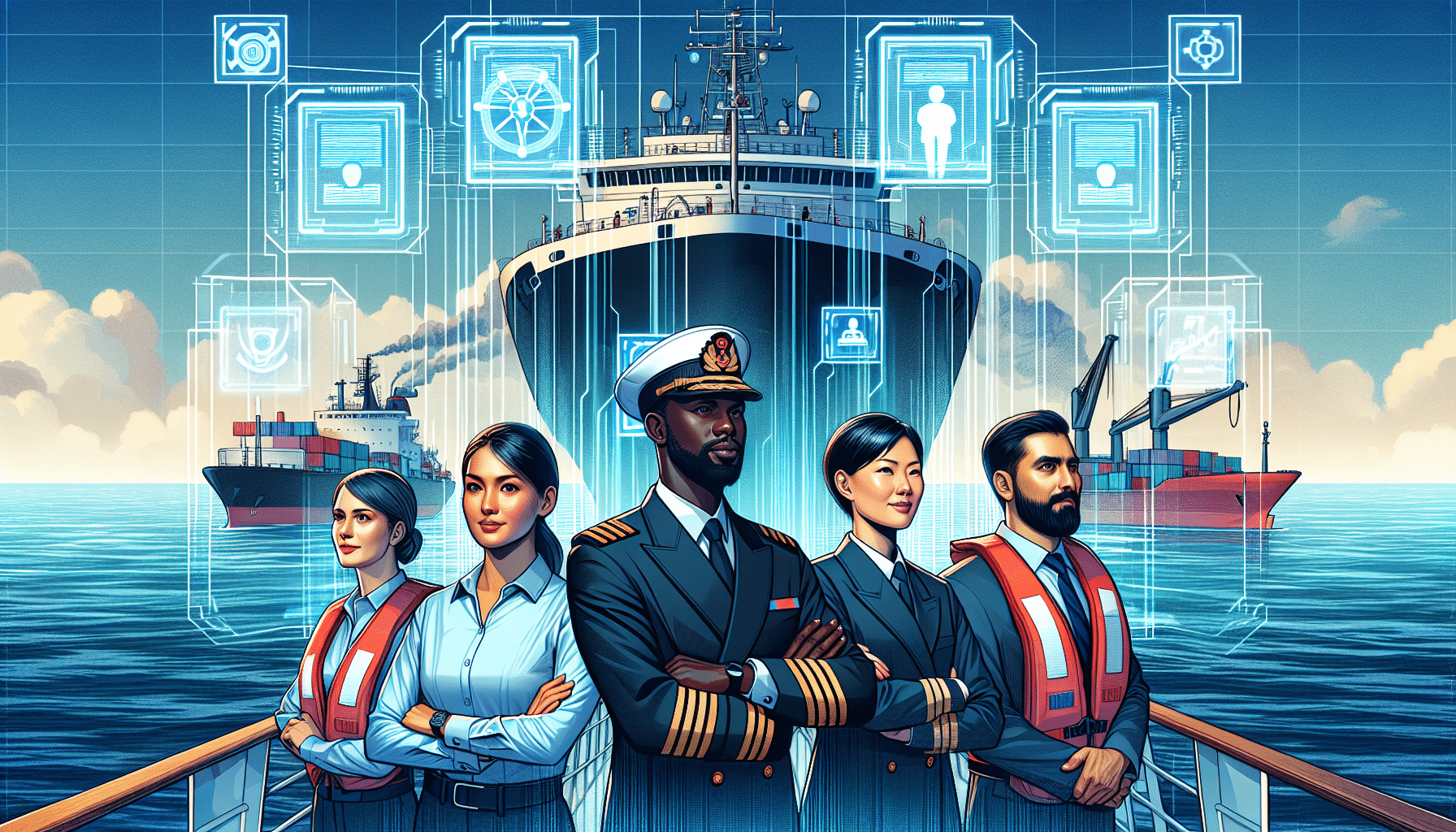Introduction to Online Anti-Piracy Measures
In today’s digital age, content creation and distribution have become more accessible than ever, leading to an increase in piracy and the unauthorized sharing of digital materials. To protect intellectual property rights and mitigate losses, mastering online anti-piracy measures is essential for businesses and content creators alike. This article serves as a comprehensive training guide to help you understand and implement effective anti-piracy strategies.
Understanding the Scope of Digital Piracy
Digital piracy can affect various forms of content, including software, music, movies, and books. Unauthorized access and distribution of such content not only impact revenue streams but also undermine creative efforts and industry standards. Recognizing the specific types of piracy prevalent in your industry is the first step towards implementing effective countermeasures.
Types of Piracy
The main forms of digital piracy include:
- Software Piracy: The unauthorized copying, distribution, or use of software applications.
- Movie and Music Piracy: The illegal downloading, streaming, or sharing of copyrighted movies and music files.
- E-book Piracy: The unauthorized sharing and downloading of digital books.
Key Anti-Piracy Strategies and Technologies
To combat digital piracy effectively, it is crucial to deploy a range of tactics and technologies that deter unauthorized use and distribution of content. Below are some of the most effective strategies:
Digital Rights Management (DRM)
DRM technologies are designed to control the usage of digital content at the user level. These systems can restrict copying, printing, and altering of digital content. DRM is commonly used in software, music, and video industries to help ensure that content usage complies with the licensed agreement.
Watermarking and Fingerprinting
Watermarking involves embedding a digital marker into media files, which can be visual (visible to users) or non-visual (hidden). This marker helps in tracking the content and identifying its source if distributed illegally. Fingerprinting, meanwhile, is similar but generally refers to a process that uniquely identifies content without altering its appearance or quality, useful for tracking and managing digital media assets.
Internet Monitoring and Enforcement
Regular monitoring of the web can help in identifying and taking down pirated content. This includes scanning peer-to-peer networks, social media platforms, and other sites where piracy is prevalent. Once illegal copies are found, content owners can take direct action by issuing takedown notices to the infringers or requesting that hosting services remove the content.
Legal Frameworks and Compliance
Understanding and adhering to legal frameworks is crucial for executing anti-piracy measures effectively. Copyright laws vary by country, but they generally offer content creators and distributors rights to control how their material is used.
Copyright Law Basics
Copyright law grants the creator of original work exclusive rights to its distribution, reproduction, and adaptation. Understanding these legal rights can help in crafting agreements that maximize protection against piracy.
International Copyright Agreements
With the global nature of the internet, it is also important to understand international copyright laws and treaties such as the Berne Convention, which helps protect works across member countries against unauthorized use.
Implementing Anti-Piracy Policies Internally
Establishing internal policies that reinforce anti-piracy compliance is crucial for any organization producing or distributing digital content. Frequent training sessions, coupled with clear guidelines and strong ethical standards, can help inculcate a culture of respect for intellectual property within the organization.
Mastering online anti-piracy measures is not only about employing the right technologies and strategies but also about understanding the legal landscape and internal compliance. As digital piracy evolves, so too must our tactics to combat it effectively. By staying informed and proactive, businesses and creators can protect their work and ensure it is consumed in a lawful manner.




